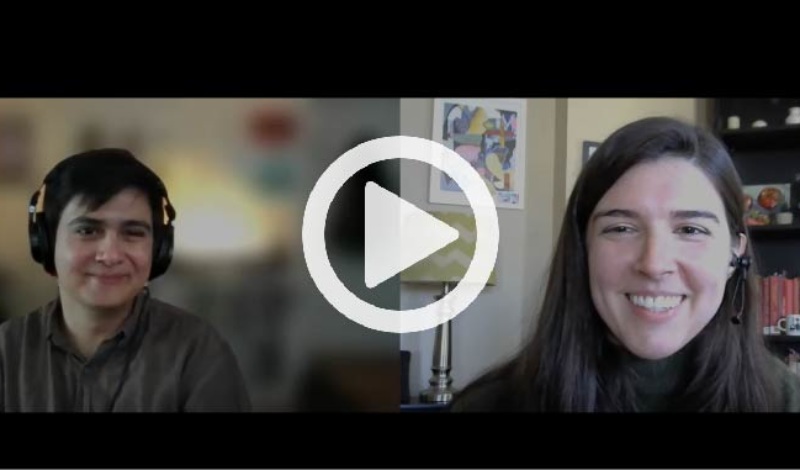
News Goggles: Lionel Ramos, Oklahoma Watch
How do journalists see news? Put on a pair of “news goggles” and check out these conversations with professional
Many sources compete for attention online, including partisan blogs and bogus sites posing as legitimate news organizations. It can be tough to know what information to trust. So what does “credibility” look like, and how can you recognize it?
We partnered with SmartNews, a news app for mobile devices, to bring you five steps for vetting news sources. The steps outlined in this infographic can help you cut through the noise and learn how to evaluate sources for signs of credibility – as well as for red flags that signal a source should be avoided:
In addition to these five steps, this infographic includes a list of “trust busters” that indicate you should immediately look elsewhere for credible news. They include:
Remember: Credible sources aren’t perfect, but information from them is much more likely to be accurate.
With so much information circulating online, it may feel overwhelming to sort credible sources from bogus sites. But being able to recognize some general signs of credibility — and steering clear of sources with red flags — can go a long way toward helping you find more accurate information.
Be sure also to check out this quiz to put your source-vetting skills to the test!
How do journalists see news? Put on a pair of “news goggles” and check out these conversations with professional


This week, we talk to Emily Hoerner of the Chicago Tribune about her recent story on public restroom access.


This week, we talk to Miguel Otárola about how he decides which story ideas to pursue.


This week, we talk to journalist Candice Norwood about her role as a breaking news reporter at The 19th*.


This discussion guide serves as a companion for adult learners and community members viewing the PBS documentary Storm Lake.



